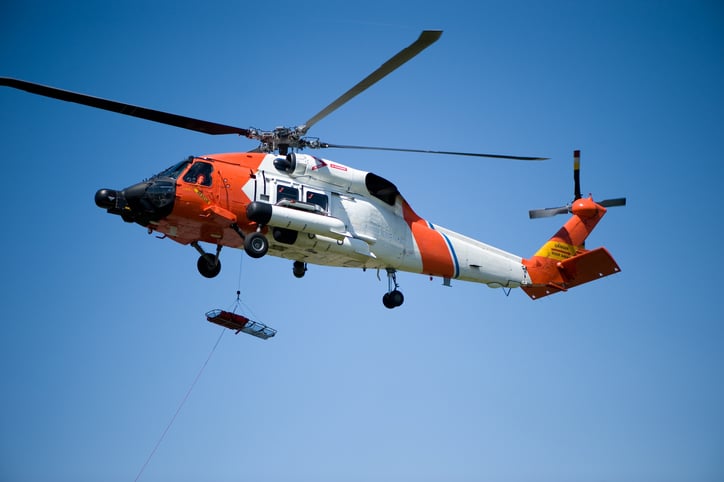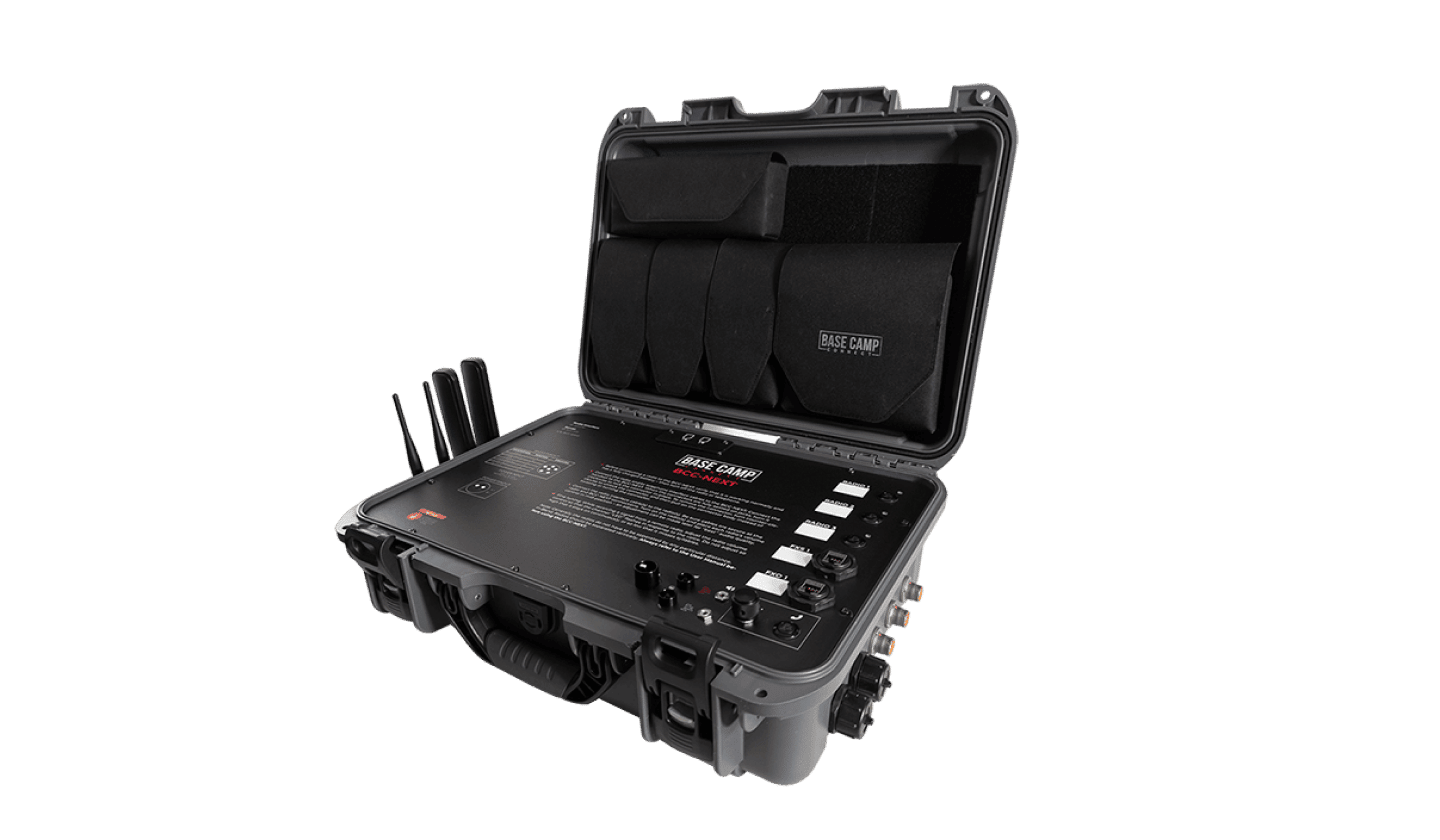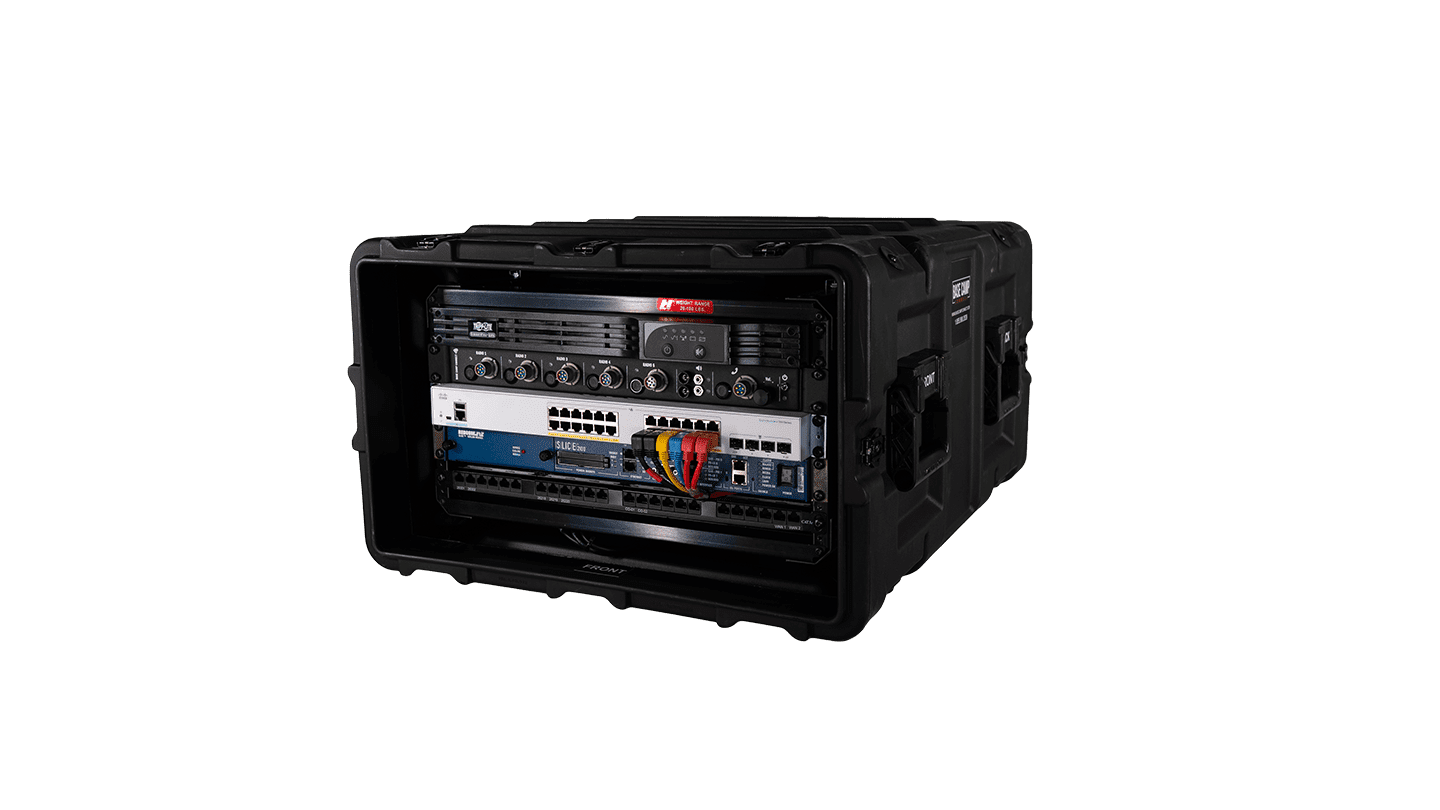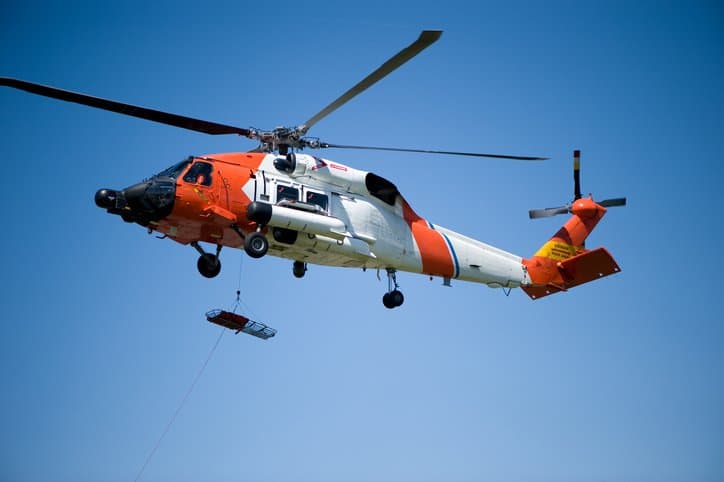When, How and How Many?
In my previous blog I discussed the importance of the initial call to emergency responders and how the reliability of the information received provides the right resources in a timely manner. Critically it also provides those who attend the scene first, the ability to work safely by initially having the requisite amount of resources to carry out risk critical tasks. But what if additional resources are required?
One of the most overlooked tasks in the initial phases of any incident is the timely request of additional resources; asking for ‘assistance’. Arrival at scene often means we are met with a chaotic environment and even the most seasoned incident commanders may be delayed in their ability to readily absorb and process information. This can and does lead to some considerable time passing before additional resources are requested.
Resources can be requested on route (as discussed in my previous blog) and whilst some organisations actively promote this, others are not in favour and would rather confirm the need for resources once emergency crews arrive and have completed a 360-degree size up. My belief is that local knowledge, experience and the critical initial information received from the caller should allow additional resource requests even before we have arrived.
Depending on the nature of the incident, delayed resources can have an extremely detrimental effect. Fire spread, delayed extrication (in a technical rescue) or prolonged patient exposure can all result from not having timely back up. Of course, this is not acceptable, and the lack of additional resources may leave individuals and organisations morally, if not legally exposed. Consider the nature and availability of resources available to you e.g. trauma helicopter

An additional consideration is the everyday use of smartphones and social media. Dealing with emergency incidents in 2019 is very different to 30 years ago when I started my career. Emergency responders and the work they do can now be live streamed and instantly appear on local, national or international news thus adding to pressure of the on-scene decision makers.
There is a culture of reticence in some organisations when it comes to requesting additional resources. That is to say, there is a fear of requesting back up that, in the end, is not required. This is often seen as an overreaction or a ‘panic decision’. I myself have always adopted the approach that all incidents are dynamic and I need to be able to foresee every eventuality; I must be able to think 2, 3 or 4 steps ahead. I cannot do that with resources sat back at base. I would rather they were on route or better still, here and available should I need it. Of course, that approach has to be measured against the needless use of resources. The request has to be reasonable.

Conclusion
The first ‘assistance’ message sent from an emergency incident is critical to prevent escalation or reduce overall scene time where patients are at risk due to the nature of their injuries or their exposure to the environment. The ability to arrive on scene, absorb, process and act upon initial information is critical to ensure a timely request for back up and this is challenging even for experienced incident commanders. Decision makers should use their own experience and local knowledge to consider requesting additional resources even before they arrive but must ensure their request is reasonable and proportionate. Finally, remember the world is now watching, so its better to have t and not use it than to not have it at all!














